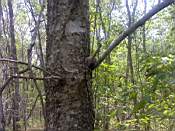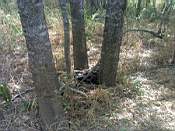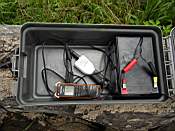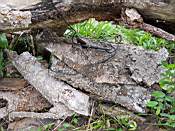Problem to be solved: How to record multiple nights of audio in forest, while maintaining a normal life.
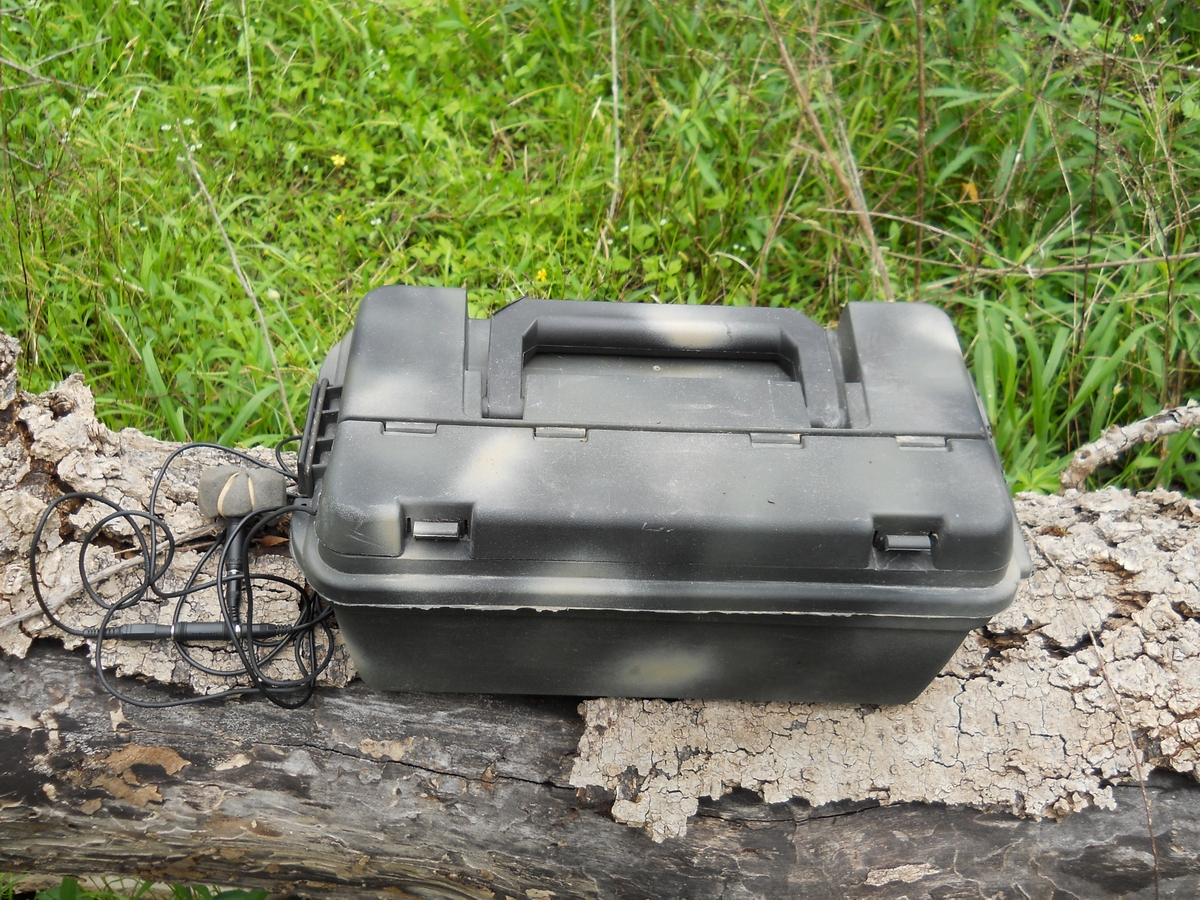
Most of the audio on this site was recorded on manned trips where a group of researchers were camped within a mile or so of the device.
Since we all have day jobs and families to get back to our time that we can dedicate to being in the woods in person is limited to maybe one
weekend a month. For a typical researcher spending 14-21 days in the field per year is about all that most are able to invest away from their
lives for this pursuit. This is a hard limitation that impacts all research groups (with the possible exception of the Finding Bigfoot crew).
What was needed was a device(s) that can be deployed into an area and left for a week or possibly more at a time to gain more results with
minimal time investment from the researcher. Basically, we were looking to do the same with audio as one might with a game camera. What follows is our
current setup to attack this problem, and as with any of these solutions technology evolves and hardware with new and better capabilities will
replace what you see in this document in short order. We will start with a listing of our requirements for this project.
1. Cost is a primary driver on a piece of equipment that could go missing at any time, so the total cost of a working deployment
needs to come in around $100 dollars, less if possible.
2. The recording device must be able to program a recording schedule such that a specified set of hours can be targeted on a daily basis.
3. Battery consumption should be able to allow for up to a week, but a minimum of 3 consecutive nights even at times where the low temps could be below freezing.
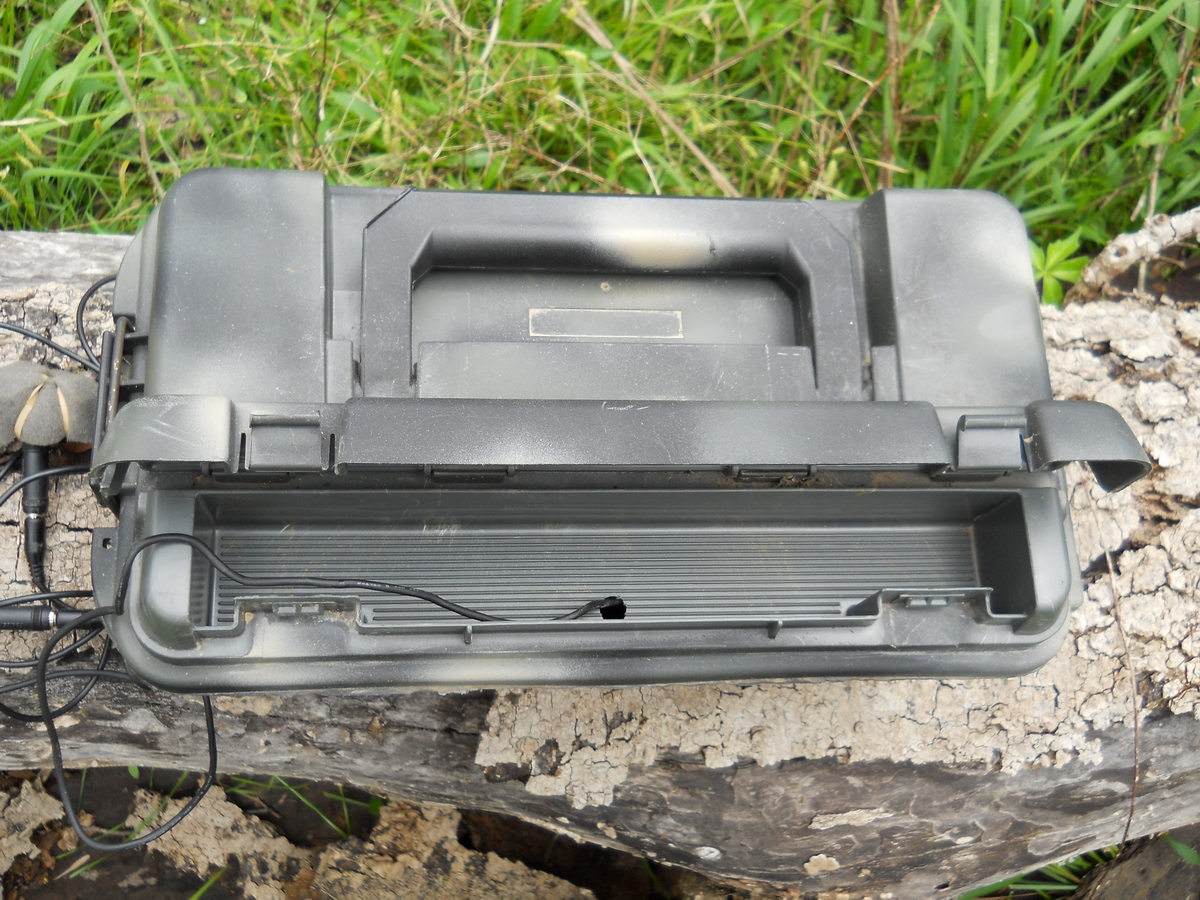 4. Recording device needs to offer the ability to draw power from an external battery source, perferably via a Mini or Micro USB port. It was assumed that there would not be a recorder in the market that could get 7 nights of recordings on internal batteries alone.
4. Recording device needs to offer the ability to draw power from an external battery source, perferably via a Mini or Micro USB port. It was assumed that there would not be a recorder in the market that could get 7 nights of recordings on internal batteries alone.
5. Recording device needs to have the ability to record high quality audio, minimally MP3's of 128kbps, but preferably could record up to 16Bit stereo PCM's if desired. All recording modes with 44.1 kHz sampling rates or higher.
6. Recording device needs to have either sufficient internal memory to cover our needs or have the ability to insert a MicroSD Card with enough memory to cover our needs.
7. Container of some sort to house the recorder/battery/wiring and keep all dry while deployed in the field for up to a week, while at the same time
does not draw attention to itself. Remaining hidden to passersby is key to not losing your hardware.
Discussion points:
For this project we chose the TASCAM DR-03 Digital Audio Recorder, it satisfies all of the requirements that we had going in and is available at an acceptable price. This is due to this model being out of production and has been replaced with a newer model, as a result we have seen these go for as low as $30-40 on Ebay. The TASCAM uses 2 AAA batteries but as recorders go these don't last that long by themselves as we found in testing that a pair of fresh Alkaline Duracell's will only last around 6 hours of continuous recording at room temperature. Rechargeables last about 7 hours on a full charge. This is not a major issue as one of requirements was that it could be powered by an external battery via a Micro USB cable attached to a larger external battery. A cable of the proper type should come with the TASCAM if you are buying a unit still in the package. An 8Gig MicroSD card was purchased from Walmart for acound $10 dollars to give us the recording time that was needed.
The Dry box is made by Plano, and was purchased from Academy. In recent months this box has not been carried by Academy but can be still be purchased from Amazon. We painted the box to add some additional camo to its stock drab Green color. So far the box has performed as expected, several of the deployments have encountered rain during its field use and all contents have remained dry. As you can see in the pictures we drilled a hole to route the wire attached to the TASCAM into the upper tray area. The cable is then routed to the outside via the side where a small cut out has been made to the upper tray lid to assist with making the cable perform an "S" shape as it enters the upper tray. This was done to keep rain from running down the cable and into the top tray area.
The external battery we purchased for this project was a 12Volt 12 Amp hour battery. The brand isn't important on these and a smaller/cheaper battery could probably be used such as a 12Volt 7AH. At the time of this writing we have not run this battery completely down in the field yet so we don't yet know how many nights are possible. In warmer conditions we have achieved up to 72 hours of recordings, on cold nights below 50 degrees 3 nights have been achieved (around 30 hours), however, longer efforts have not succeeded due to the cold temps pulling down the AAA's inside the TASCAM which have to be in place even though the external battery is supplying power to the unit. Apparently, even though the external battery is present there still must be a small draw down on the internal batteries while in use, perhaps if for nothing else to hold the programming schedule.
It should be noted that there are other solutions out there that address the issue of long duration field recording. One of those would be from
Wildlife Acoustics.
We hold this system in high regard but we can't justify the cost of $700 on an item that might disappear even if you do chain it to a tree in a
remote research area. For the cost of buying this unit you could make several of the ones that we have described and cover more area at the same
time.
Below is a price list of the parts that made up this project:
1. 1 Plano Ammunition Dry box $10.00 Academy.
2. 1 12 Amp Hour Battery $35.00 Altex.
3. 1 TASCAM DR-03 Digital Voice Recorder. $40.00 Ebay
4. 1 8Gig MicroSD card. $10 Ebay
5. 1 Female Cigarette Lighter Adaptor $5.00 Northern Tools
6. 1 USB Adaptor $1.00 Dollar Tree
7. 2 1/8" 7Ft. Audio male to male Extension cables. $10.00 Altex
8. 2 1/8" Double Female adaptors. $5.00 Radio Shack
9. 1 Small microphone - using one we made ourselves $5.00
Total Price = $121.00

